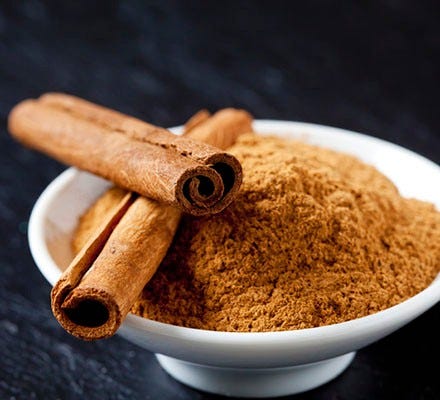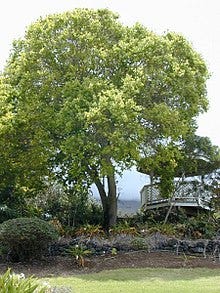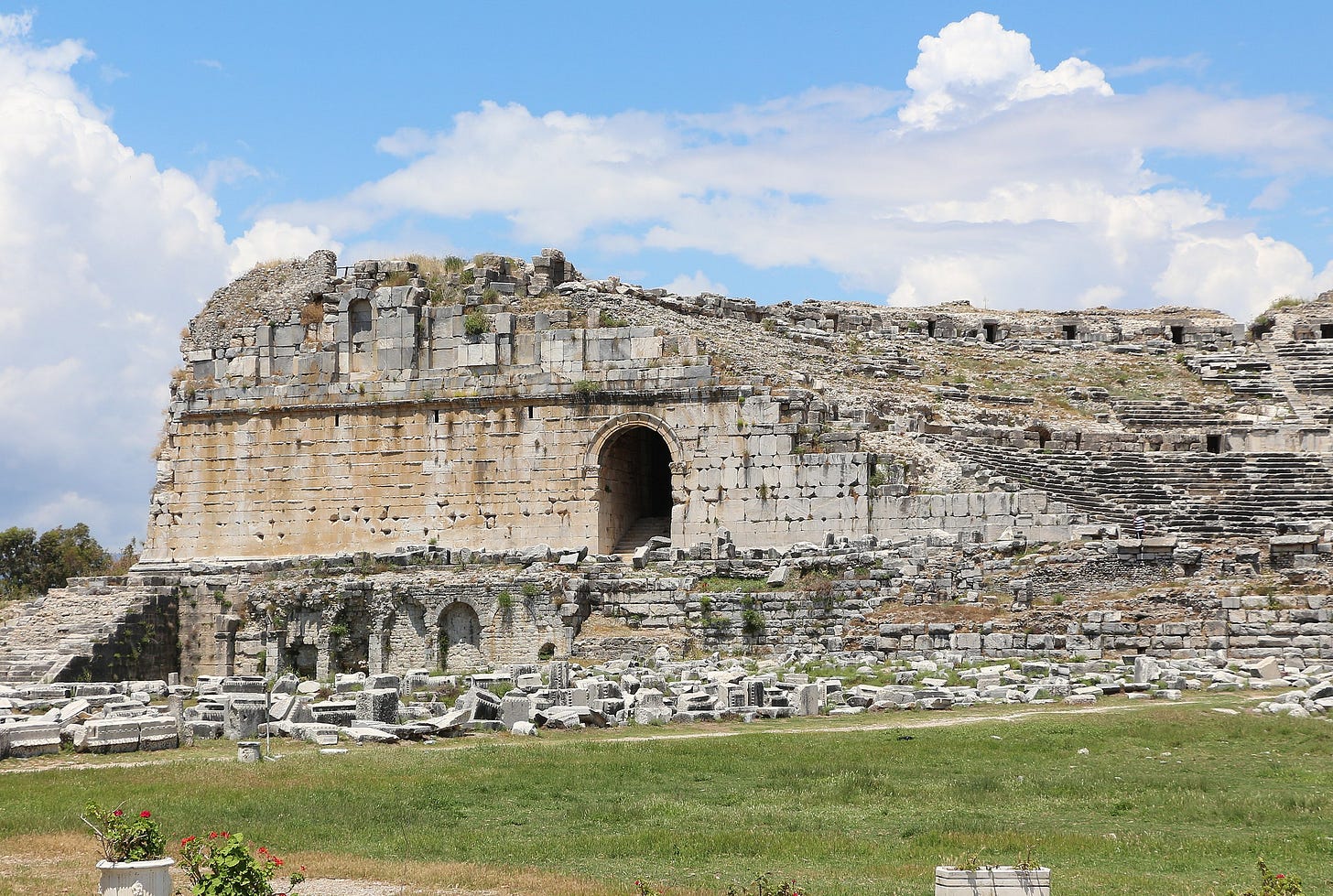And now for something completely random.
After a cinnamon bottle malfunction this morning, I was left with no choice but to dump vast quantities of the stuff in the bin in an attempt to save my porridge from spicy contamination. As I did so I vaguely recalled that the Emperor Nero had once gone a bit mad with the stuff too, burning a year's worth of the city's supply at the funeral for his wife Poppaea Sabina in AD 65. And so, after successfully rescuing my porridge, I read the cinnamon Wiki. Here are the top cinnamon facts, as I see them at least (and in no particular order*)
The spice is obtained from the inner bark of several tree species from the genus Cinnamomum. See below for a picture of the evergreen tree. (By the way, genus is the taxonomic category above species, so for humans that’s homo).
2. In 2020, four countries accounted for 98% of the world production of cinnamon, a total of 222,122 tonnes: Indonesia, China, Vietnam, and Sri Lanka.
3. The English word "cinnamon", goes back to the 15th century and derives from the Ancient Greek κιννάμωμον (kinnámōmon). The Greeks, in turn, borrowed the word from Phoenician, which was similar to the Hebrew, קינמון (qinnāmōn).
4. Cinnamon was so highly prized among ancient nations that it was regarded as a gift fit for monarchs and even for a deity; a fine inscription records the gift of cinnamon and cassia to the temple of Apollo at Miletus (in modern day Turkey)
5. In Ancient Egypt, cinnamon was used to embalm mummies.
6. Herodotus, Aristotle and other authors named Arabia as the source of cinnamon; they recounted that giant "cinnamon birds" collected the cinnamon sticks from an unknown land where the cinnamon trees grew and used them to construct their nests.
7. According to Pliny the Elder, a Roman pound (327 grams of cinnamon) cost up to 1,500 denarii, the wage of fifty months' labour. Diocletian's Edict on Maximum Prices from 301 AD gives a price of 125 denarii for a pound of cassia, while an agricultural labourer earned 25 denarii per day.
8. When Jean de Joinville accompanied his king, Louis IX of France to Egypt on the Seventh Crusade in 1248, he reported—and believed—what he had been told: that cinnamon was fished up in nets at the source of the Nile out at the edge of the world.
9. In 1767, Lord Brown of the British East India Company established Anjarakkandy Cinnamon Estate near Anjarakkandy in the Kannur district of Kerala, India. It later became Asia's largest cinnamon estate.
10. A meta-analysis of cinnamon supplementation trials with lipid measurements reported lower total cholesterol and triglycerides.
* Actually, that’s a lie. They’re in the order that I copied and pasted them.
If you liked this, please do subscribe. Maybe give it a share to spread the gospel of rationality. And if you want to support my work, you can do so with a paid Substack subscription or using the following methods:
https://www.patreon.com/Ideas_Sleep
BTC wallet address: 1KHB3Mq7njTGfquABcREsiywaxmDbP2NPY
And subscribe to my YouTube Channel here.














